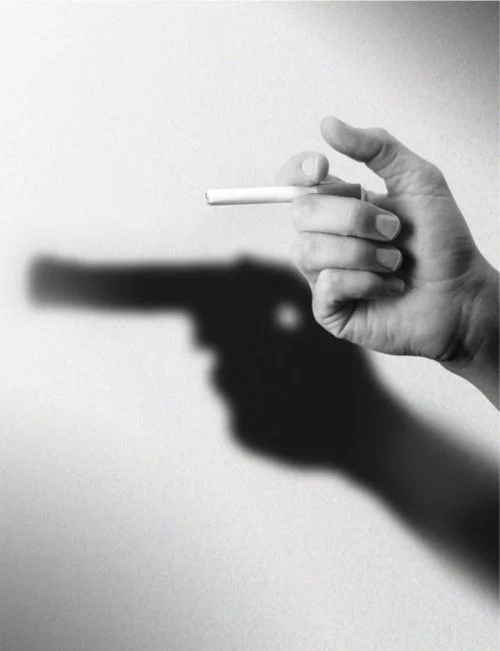Shadow advertisement by PowerBar
The Effect of Rhetorical Shadows and Processing Time on Cognitive Elaboration and the Persuasiveness of Ads
Abstract
Various visual rhetorical figures are documented, but very little is known about the effectiveness of different visual structures, in particular, rhetorical shadows. This research investigated the effects of rhetorical shadow ads compared to more conventional visual structures as juxtaposition and verbal anchoring on cognitive elaboration, and persuasiveness. The second aim of this study was to investigate whether different processing times influenced the presumably positive effects of rhetorical shadows.
The results of the experiment confirmed that rhetorical shadows created a stronger relationship between the elements in the image and that the shadow version indeed outperformed the juxtaposition and the verbal-anchoring version on cognitive elaboration, ad attitude, source credibility, and brand attitude. In addition, support was found for the mediation of the relationship between the rhetorical shadow structure and persuasiveness by cognitive elaboration. A short Processing time (2 sec. vs 6 sec.) did not deteriorate the effectiveness of the rhetorical shadow, and therefore, the rhetorical shadow is believed to be a strong persuasive tool.
Anti-smoking campaign that uses a rhetorical shadow




